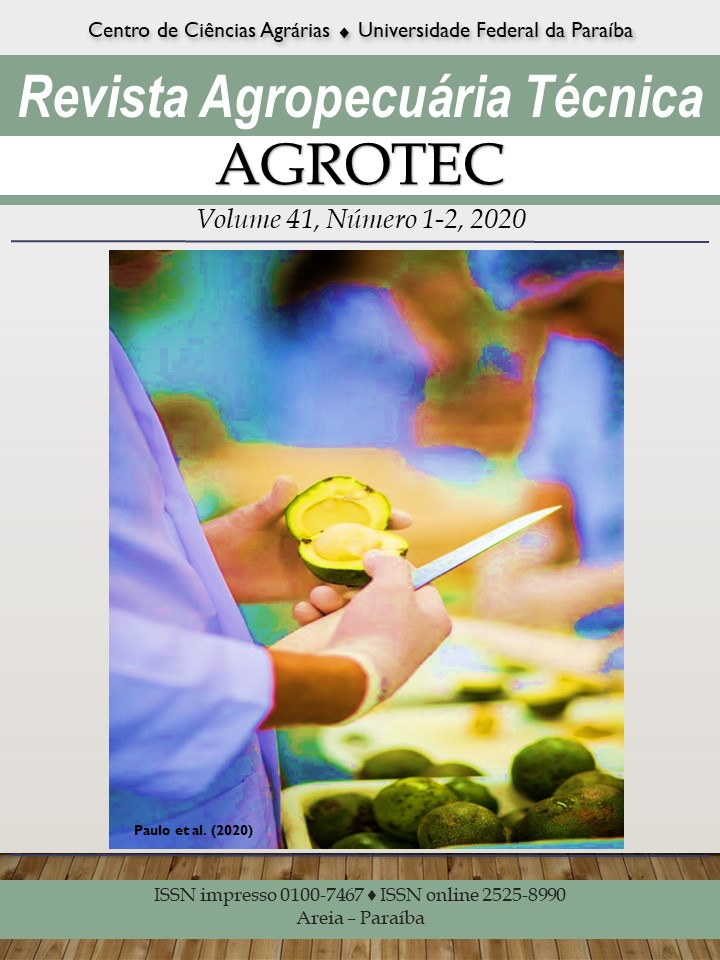Carryover effects of herbicides on corn planted right after soybean and control of Digitaria insularis
DOI:
https://doi.org/10.25066/agrotec.v41i1-2.49537Keywords:
Sourgrass, Pre-emergent, Zea mays, PhytoxicationAbstract
Weed management with the association of active ingredients has been an alternative to overcome the problem of resistant biotypes. The objective of this work was to test herbicide molecules in isolates and in association applied in pre-emergence in soybean culture to control D. insularis in a conventional production system and with a history of a high incidence of this species, as well as the evaluation of residual herbicides on maize sown in succession to soybean. The treatments were: clomazone + ethyl carfentrazone; diclosulam; s-metolachlor; trifluralin; imazetapyr; sulfentrazone; imazetapyr + flumioxazin and flumioxazin. After 90 days after spraying these treatments, corn was sown. The percentage of weed control present in the area during the soybean crop cycle, phytointoxication and biometric parameters for the corn crop was evaluated. The data were submitted to analysis of variance by the F test and the means compared by the Scott-Knott test (p ≤ 0,05). The commercial mixture of imazetapyr + flumioxazin was effective in controlling D. insularis and other monocotyledonous or eudicotyledonous weeds, with residual observed 35 days after application. The treatments did not cause injury to the stand, plant height, and out-of-season corn grain yield.


